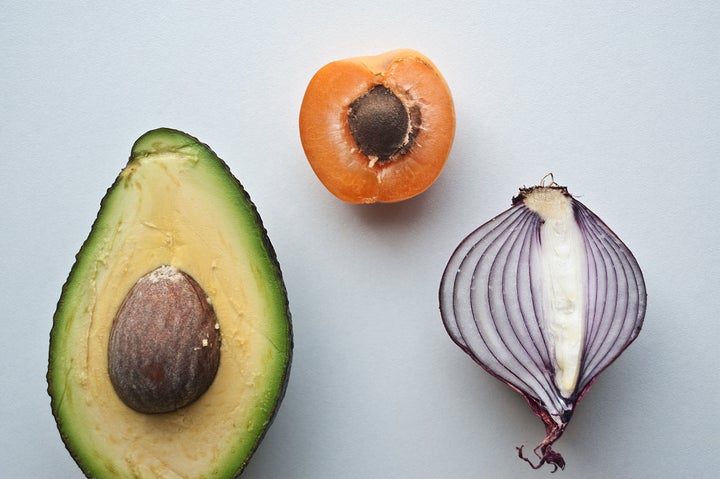
By this point, it’s well known that sex education in the UK isn’t as thorough as it should be, with only 3% of respondents to a recent study saying their sex education lessons in school were ‘excellent’.
Recent findings from body care brand Luna Daily only compound how dangerously poor sex education and discussions of female anatomy are.
In a survey of 1,000 women in Britain, they found an alarming 80% couldn’t accurately label the vulva on an anatomical drawing and only 8% had been taught the correct term for the vulva.
What’s more, almost half (47%) of respondents were taught to call their vulvas a vagina, almost as if the two are interchangeable when, in fact, they are two separate parts of the female anatomy.
So, what exactly is the vulva?
Sexual health experts at Suffolk University say the vulva includes the mons pubis (Latin for “pubic mound”), labia majora (outer lips), labia minora (inner lips), the external portions of the clitoris, and the external openings of the urethra and vagina.
The vagina, however, is not external. The vagina is internal and is also known as the ‘birth canal’.
In short: the vulva is the external genitals, and the vagina is the bit inside.
Lack of education and awareness only stigmatises female anatomy
Speaking to Luna Daily, an inner-city school teacher said: “When we teach RSE [relationships and sex education] the focus is very much on the relationship and preventing pregnancy or STIs, but always mentioning vagina or vaginal passage and rarely the vulva.
“There is no focus on its functionality and importance. It’s overlooked.”
These gaps in education and open conversation have led to an ongoing stigma for people with vulvas. Of those taking part in the survey, 41% admitted they feel more embarrassed discussing their vulvas than they would about their sex lives or how much they earn — two topics that are typically considered taboo.
To try and tackle this embarrassment and shame, the body care brand has launched a vulva hotline (0800 233 LUNA) in a bid to help people “start feeling good about the word vulva”.
With people knowing so little about female anatomy and because so many of us are misunderstanding what the vagina is, there are also repercussions for health – 60% of under 35-year-old’s admitted their washing routines are causing them gynaecological issues such as thrush, itchiness and dryness.
Alarmingly, one in three women are washing their vagina (douching), despite it being self-cleaning.
This is something experts strongly recommend against with the Department Of Women’s Health stating: “Doctors recommend that you do not douche. Douching can lead to many health problems, including problems getting pregnant. Douching is also linked to vaginal infections and sexually transmitted infections (STIs).”
While this is alarming, it’s perhaps not surprising given that 91% of women were not taught about intimate care at school.
Dr Penelope Law, a consultant obstetrician and gynaecologist, said: “It’s urgent that women start using the anatomically correct word ‘vulva’. Many women still feel shame when discussing intimate details about their bodies and I am continuously trying to tackle the misinformation they’ve been taught.
“Medical instructions for your vagina and for your vulva can be very different and not knowing the difference can lead to impacting health issues.”